VVAF advocates for Indigenous Peoples’ rights and supports Indigenous communities’ self-determination, social cultural and economic resilience
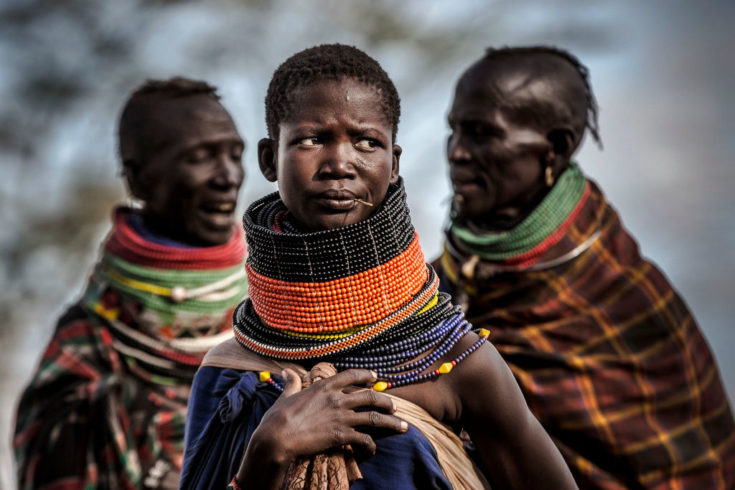
We vision a future that respects and honors Indigenous Peoples’ inherent rights and dynamic cultures, deeply and richly interwoven in lands, languages, spiritual traditions, and artistic expression, rooted in self-determination, self-governance and confidence. VVAF also does this through mapping safe and unsafe spots so that they are evaluated and monitored and uses such information to inform policy with the relevant authorities.
Eight(8) Indigenous Tribes In Africa Who Have Maintained Their Cultures for Years
1. The Wodaabe Tribe
Niger and Chad are the home countries of the Wodaabe Tribe.
The Wodaabe are known for their practice of Gerewol – a celebration where men seek love.
They paint their countenances in splendid varieties, wear elaborate dress, and play out a progression of dance schedules to draw in ladies.
The dances, which last for hours, are done in front of female judges, who choose the most beautiful men.
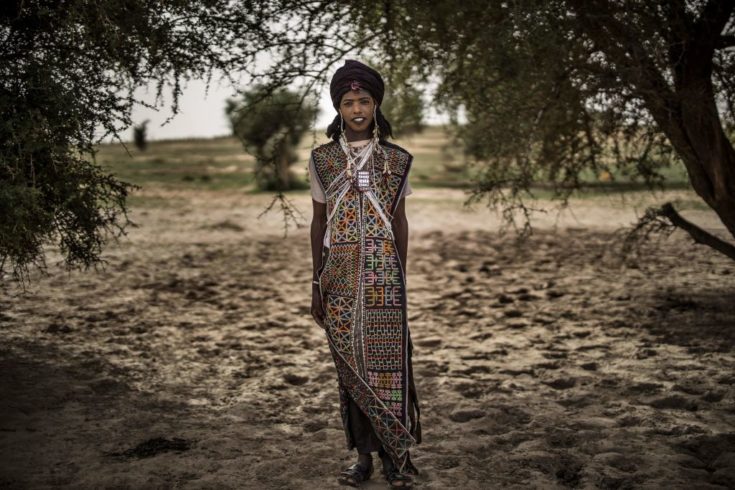
2. The Himba Tribe
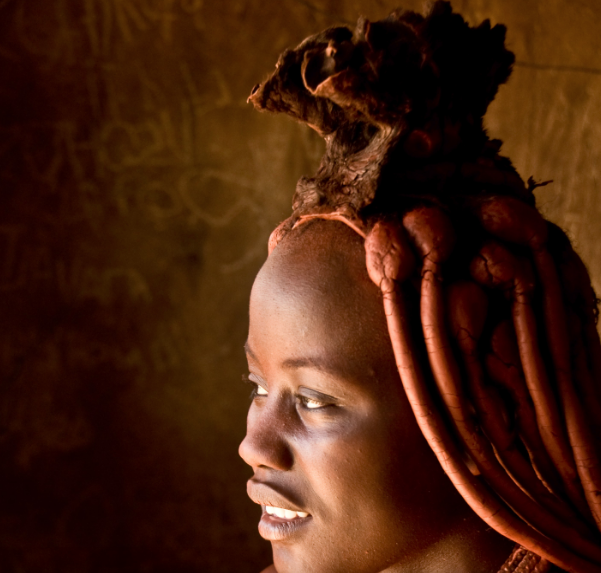
The people of the Himba clan are known for their exceptional haircuts that consolidate red glue of red ochre, margarine, and fat known as otjize. They apply this to their skin and hair to enhance their beauty.
The Himba people, who live in Namibia’s Kunene Region, have been around since the 16th century. This tribe currently has between 30,000 and 50,000 members.
3. The Dogan Tribe
Mali’s Dogan Clan is accepted to have a rich history that traces all the way back to 3200 BC!
The Dogon public are accepted to be relatives of antiquated Egyptians and are generally renowned for their cosmic information and insight. The Dogon had some awareness of the Sirius – the most splendid star overhead and the three-star framework (Sirius A, Sirius B, and Sirius C) before researchers began exploring space.
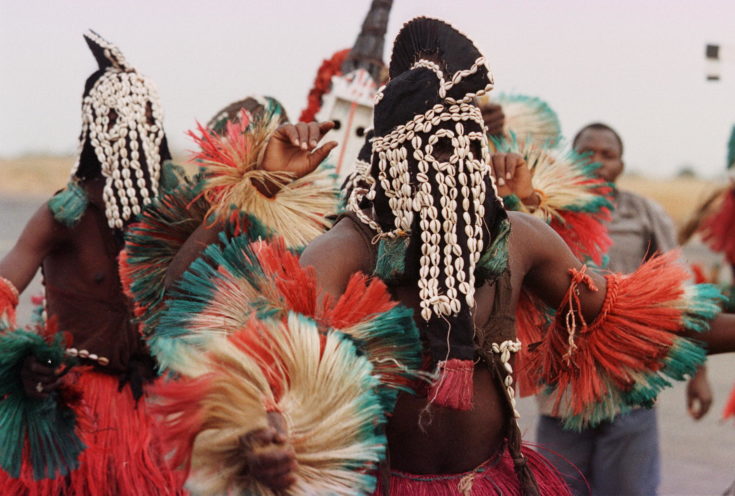
4. The Turkana Tribe
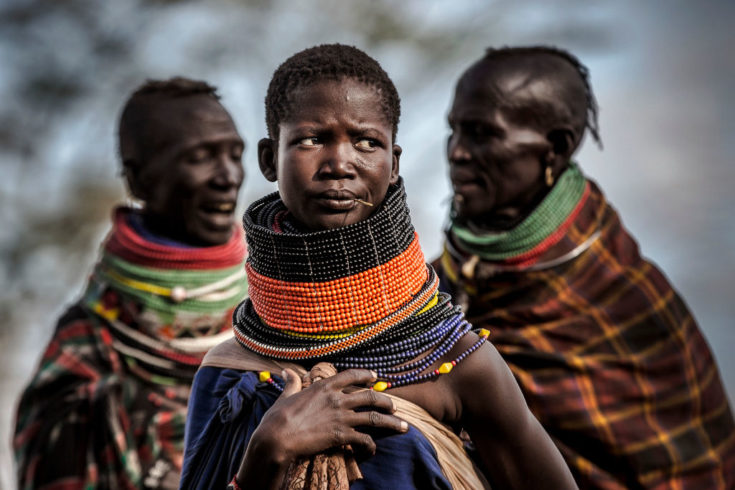
The Turkana Tribe, which is located in Kenya’s Turkana District, is part of a larger group of Nilotic tribes alongside the Maasai and Samburu.
Before moving to Kenya more than 400 years ago, their history began in Uganda.
Because they live in a dry area of Northwest Kenya where temperatures can reach 113 degrees, the Turkana are known as survivors.
5. Karo Tribe
One of the continent’s smallest tribes is the Karo Tribe. There are only 1,000 to 2,000 people living there.
Lower Omo Valley in Southern Ethiopia, they’re generally perceived in view of their body workmanship. The Karo paint their bodies with a combination of white chalk, yellow mineral stone, iron metal, and charcoal to communicate excellence.
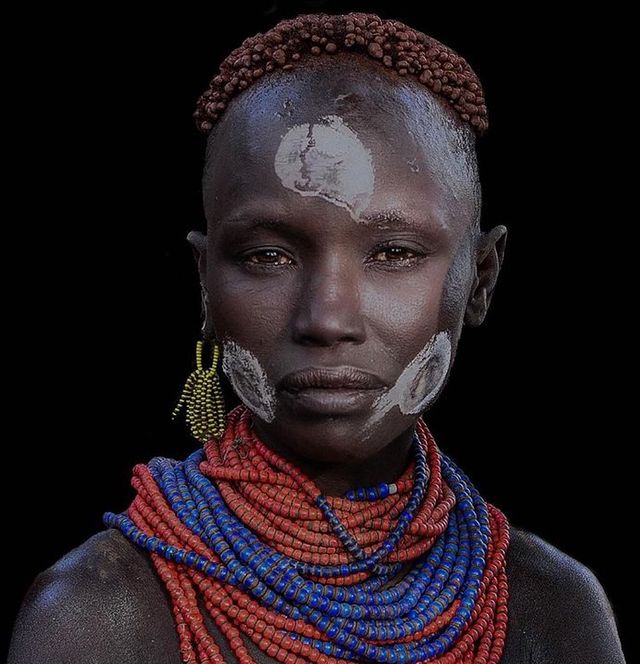
6. The Tribe of Karamojong
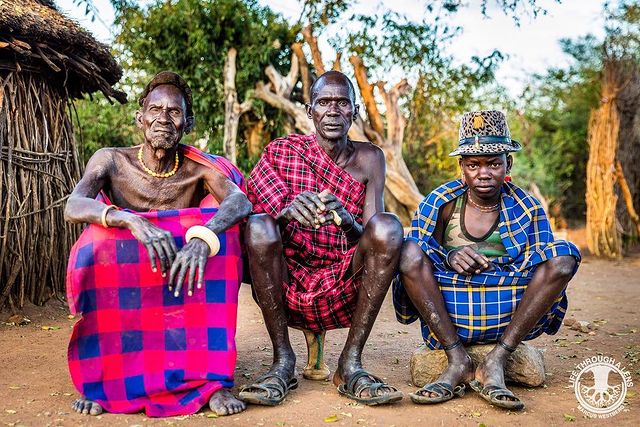
With a set of experiences that can be followed to Ethiopia, the Karamojong have lived in the Northeastern locale of Uganda for over four centuries.
The Karamojong invest heavily in their rich social legacy and have abstained from adjusting to present day guidelines, incorporating with apparel.
7. The Tribe of Maasai
One of Africa’s most famous tribes, the Maasai live in northern, central, and southern Kenya and northern Tanzania.
Kenya and Tanzania are home to about one million Maasai people, according to estimates.
The Maasai Tribe is a warrior group whose ancestors can be found migrating along the Great Rift Valley from Sudan to Kenya and Tanzania.
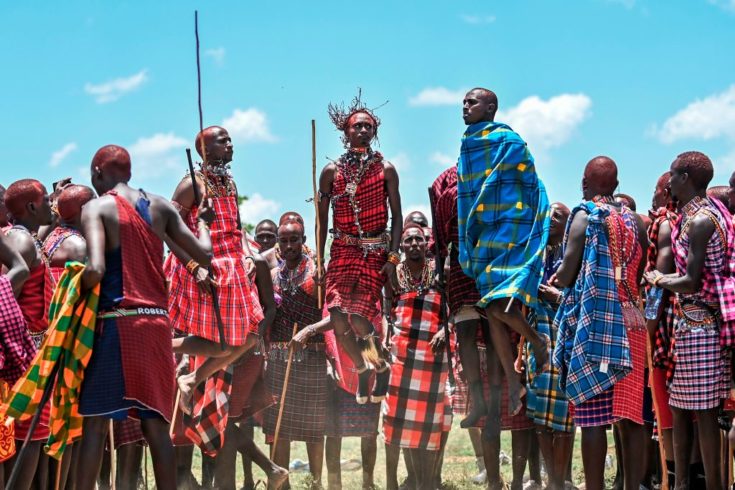
8. The Tuareg Tribe
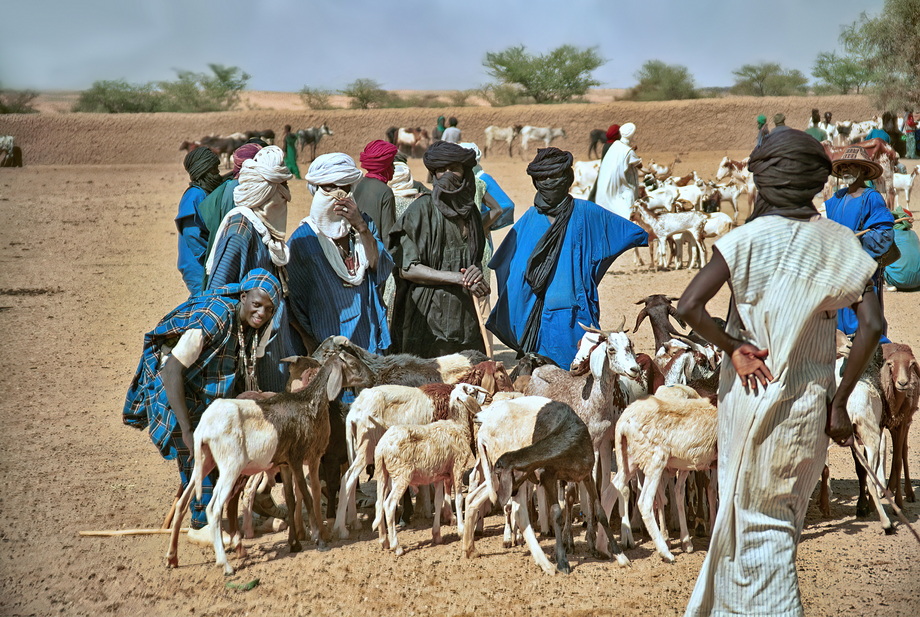
The Tuareg live in the Sahara, and that implies they can be tracked down across a few nations, including Niger, Algeria, Libya, and Mali.
The clan rehearses Islam, yet they have extraordinary traditions that vary from the standard religion.
Women traditionally don a hijab in many Muslim societies. The Tuareg people only allow men over the age of 25 to wear a veil
